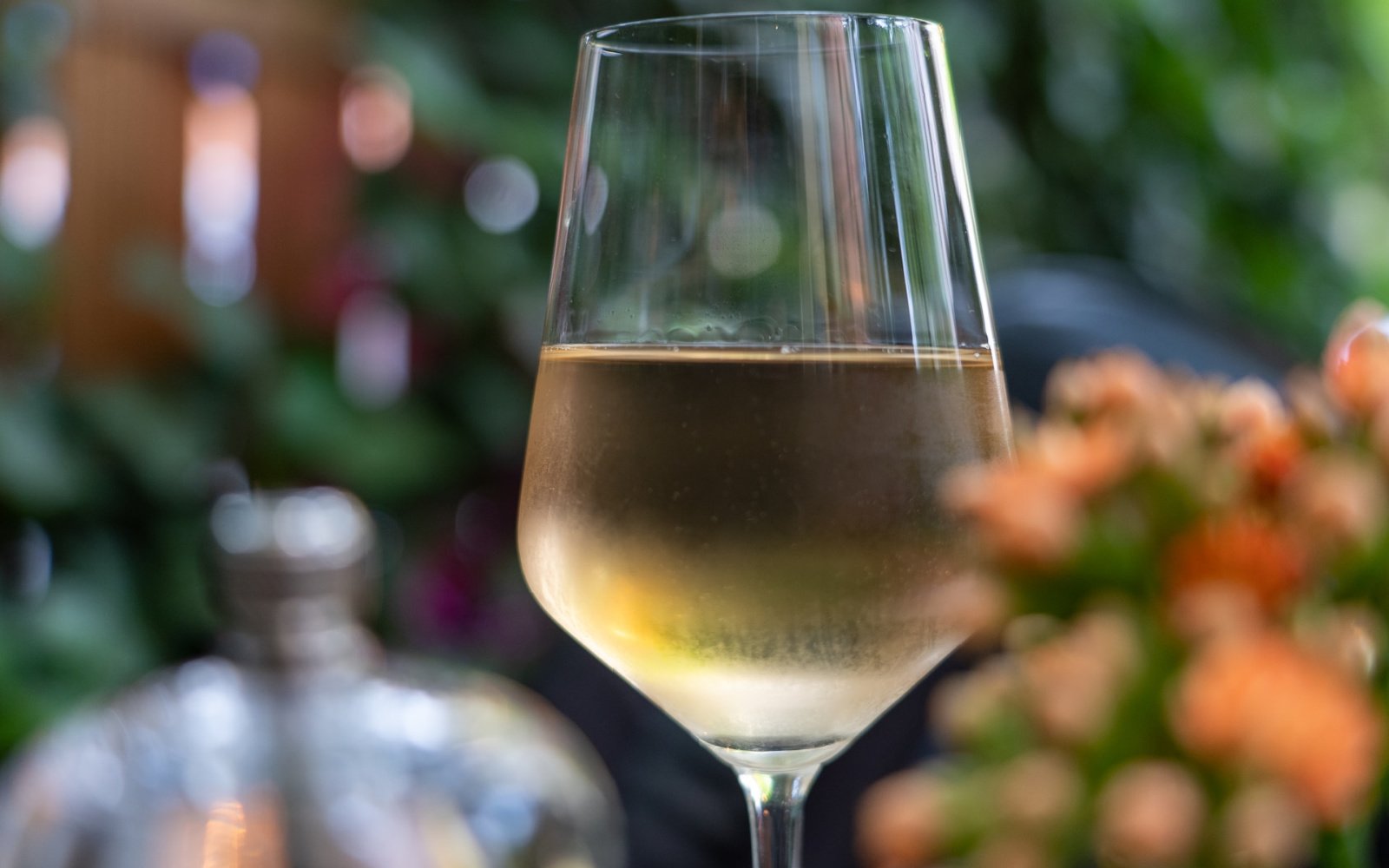Let’s explore the internet’s most searched questions about Chardonnay, the world’s most important white grape varietal. Chances are, if you have a question about this iconic wine grape, you’ll find a quick, to-the-point answer for it below!
1. What is Chardonnay wine?
Chardonnay is a popular white wine grape variety known for its versatility. It can produce a wide range of wines, from crisp and light to rich and full-bodied.
2. Where does Chardonnay come from?
Chardonnay originated in the Burgundy region of France but is now grown worldwide, with notable production in regions like California, Australia, and Italy.
3. What flavors are typical in Chardonnay?
Describing what Chardonnay tastes like doesn’t have a clear-cut answer. This is because Chardonnay wines can exhibit a variety of flavors. These notes include green apple, citrus, pear, vanilla, butter, and oak, depending on factors like the winemaking process and the region it’s grown.
4. Is Chardonnay dry or sweet?
Chardonnay wines range from bone-dry to slightly sweet, with most produced in a dry style. The sweetness depends on the winemaker’s choices and the region’s climate.
5. How should I serve Chardonnay?
Serve Chardonnay chilled, around 45-50°F (7-10°C). Use a tulip-shaped glass to enhance its aromas and flavors.
6. What food pairs well with Chardonnay?
Chardonnay’s versatility makes it suitable for various food pairings. It pairs well with seafood (I highly suggest oysters!), poultry, creamy sauces, and dishes with a buttery or nutty component.
7. What’s the difference between oaked and unoaked Chardonnay?
Oaked Chardonnay aged in oak barrels, results in flavors like vanilla and caramel. Unoaked Chardonnay is fresher, with primary fruit flavors and little to no oak influence.
8. How does Chardonnay age?
Chardonnay can age well, but aging potential varies based on the style. Crisp, unoaked Chardonnays are best enjoyed young, while oaked ones can age for several years, developing more complex flavors.
9. What’s the difference between Chardonnay and Sauvignon Blanc?
Chardonnay is fuller-bodied with a wider flavor profile, it typically includes buttery and oaky notes. Sauvignon Blanc is crisper, more aromatic, and usually lighter in body.
10. What is “ABC” in relation to Chardonnay?
“ABC” stands for “Anything But Chardonnay,” a phrase used by some wine enthusiasts who prefer other white wines due to a perception of over-oaked or heavy styles of Chardonnay. It’s a matter of personal taste.
11. Is Chardonnay a high-end wine?
While the term “expensive” is subjective, generally speaking, Chardonnay is a very affordable wine across the board. You can find it for around $20 but a good, decent, mid-tier bottle should cost between $25-$50. However, even some of the most premium-priced bottles are still well under $300.
These frequently asked questions about Chardonnay have unveiled a rich tapestry of curiosity and a genuine thirst for knowledge among wine enthusiasts. From its diverse flavor profiles to its global origins and food pairings, Chardonnay continues to captivate the palates and minds of wine lovers worldwide. Here’s hoping to have shed light on this beloved varietal and empowered you to savor your next glass of Chardonnay with a deeper appreciation for its complexity and versatility.





